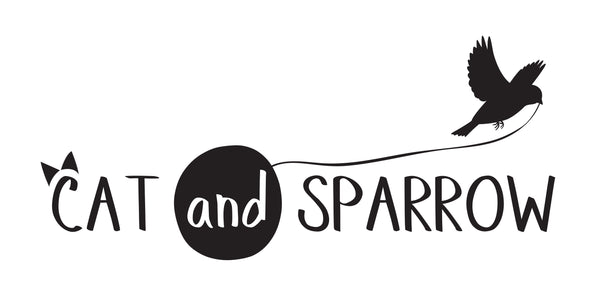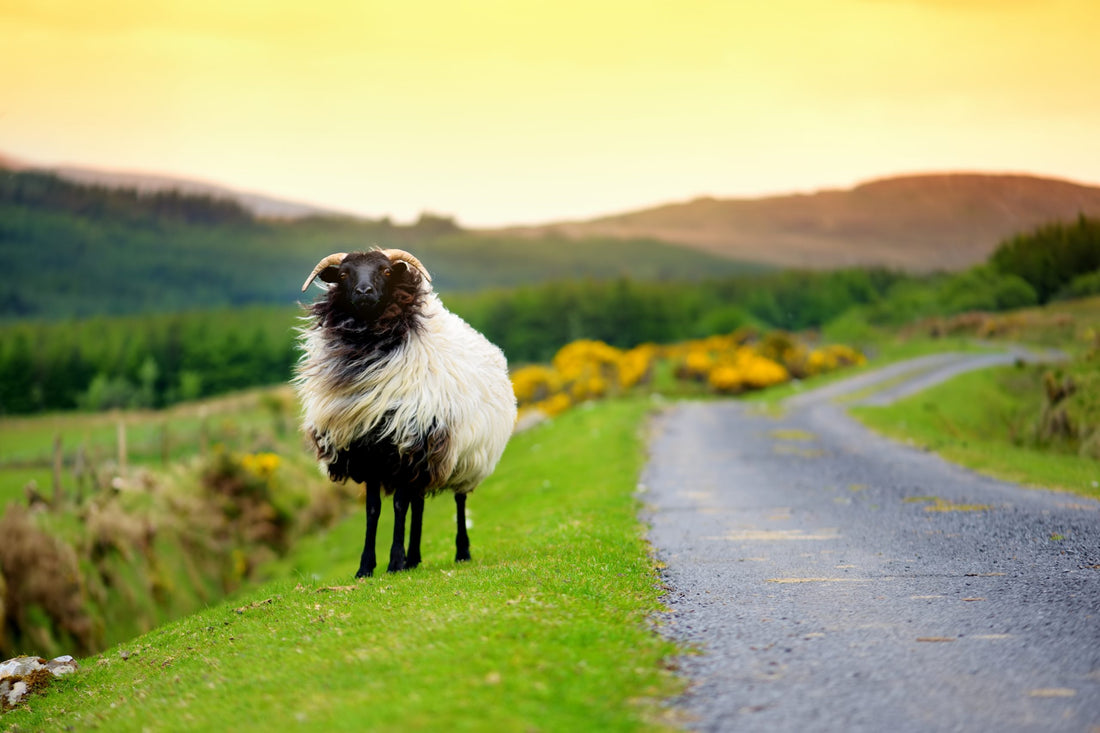Welcome to another occasional blog series! In these posts, I'll be looking at terms for fibre characteristics, such as 'lustre', 'micron count', 'handle', etc. It can take a while to get to grips with these terms, but being armed with the knowledge of how a fibre behaves can help you choose the perfect yarn or fibre for your projects.
The OED defines the word 'lustre' as 'a gentle sheen or glow', and 'a fabric or yarn with a sheen or gloss'. The structure of a fibre determines how it refracts light. Silk proteins have a triangular, prism-like structure that is highly reflective, giving it its characteristic shine. The varying structure of different wools result in a corresponding variety in how they reflect and refract light.
Wools with shorter staples tend to have little lustre, whereas longwools almost always have a very high shine and take dye brilliantly and clearly. Mohair and Wensleydale are prime examples - they drink colour and then throw it all back out again, making for yarn with a wonderful glow and bright, intense colours. Merino and Polwarth, on the other hand, tend not to have much lustre at all. Polwarth in particular has an almost velvety, matte appearance, and is extremely bouncy and elastic.
As far as the two types of alpaca - suri and huacaya - are concerned, suri tends to be very silky and shiny, whereas huacaya tends towards the softer, matte end of the scale.
What does this all mean?
So, what does this mean in practical terms?
There's no simple answer, but you can put it in your arsenal of things to consider. For example, longwools are, in general, highly lustrous, and they also tend towards more drape and less bounce. They are also less likely to pill. Adding mohair, silk or Wensleydale to your yarns will enhance their durability, as well as their shine and depth of colour.
Blending fibres with differing lustre can also create some really wonderful effects with colour and texture. When you put Polwarth and silk together, for example, the silk takes the dye strongly, and the Polwarth more gently, creating a subtly marled effect.
The way in which a yarn is plied or finished can also contribute to its lustre, because the way the fibres lie against each other can affect how they reflect light. Worsted-spun wool has a higher lustre than woollen-spun, because of the way the fibres interact with each other.
Whether a wool has been through the superwash process also affects its lustre, as it involves changing the structure of the yarn. Superwash yarns are usually more lustrous than their non-superwash counterparts. I knitted four swatches with different yarn content and structure. Two are superwash, two non-superwash. You can see the difference in stitch and colour change definition clearly between the four yarns.




Merino has low lustre. The low-twist singles structure makes this even more apparent, as the colours seem to blend softly together.
BFL is semi-lustrous, and Masham has high lustre. This yarn is spun with a low twist. The colour is deep and evenly distributed; the stitch definition is soft.
Corriedale is low-lustre, BFL semi-lustre and Romney high-lustre. This yarn is spun with a medium twist. The colour changes are clear, and the stitches well-defined.
BFL is semi-lustrous, and silk highly lustrous. This yarn is worsted spun with a relatively high twist. The colour changes and stitches are sharply defined. It doesn't include every conceivable breed, but this fantastic chart from the Natural Fibre Company gives some invaluable information on lustre and more.
Although lustre is an important, indeed fundamental, characteristic of the fibres that you use, it doesn't always have to be a major consideration in your choice of yarn. That said, it's always good to know as much as you can about the fibre or yarn that you're using and it definitely helps to have a clear idea of what people mean when they say a fibre is lustrous.
I'll be back to look at micron counts and softness next time. Until then, happy crafting!

